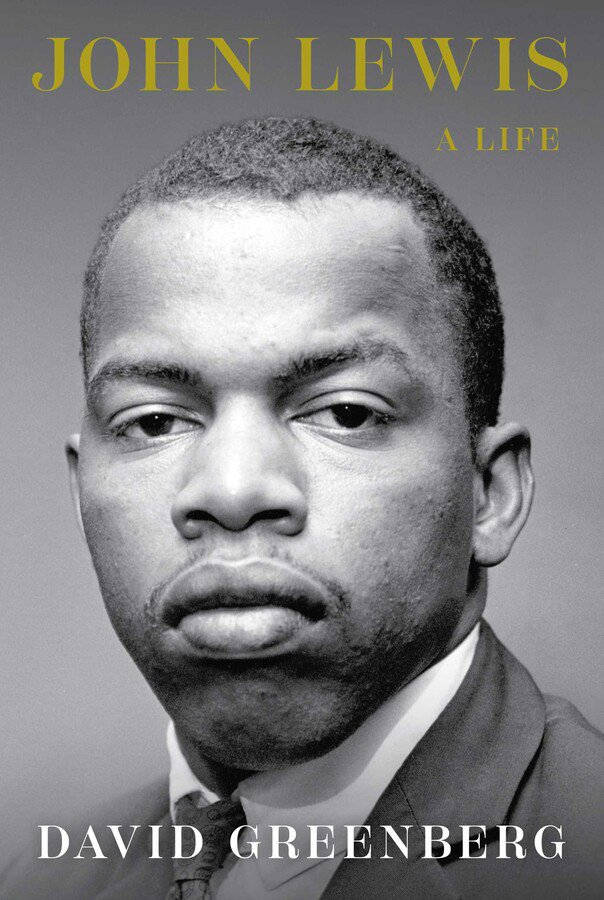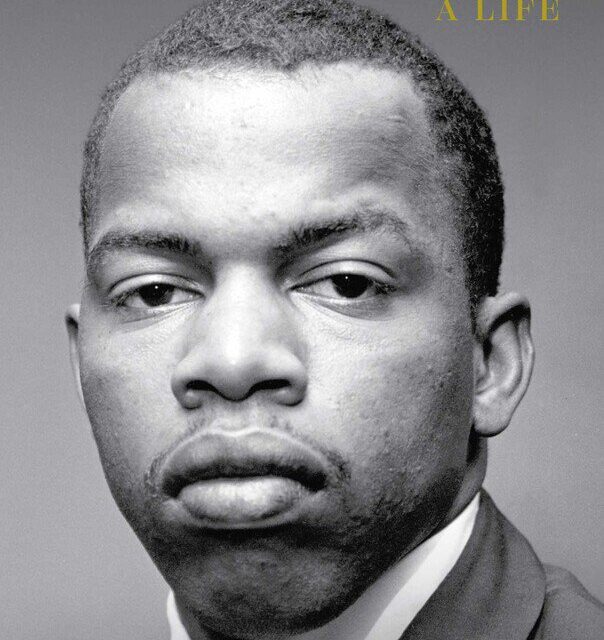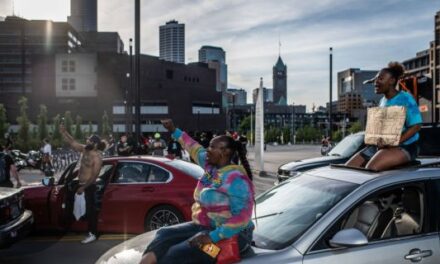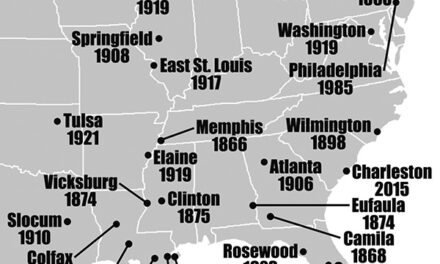
At the Hurston/Wright Foundation’s 2017 Legacy Awards in Washington, D.C., I had the honor of meeting the late Congressmember and civil rights icon from Alabama, John Lewis. I was there to present a tribute award to poet Haki R. Madhubuti, and Lewis also received an award that night. For the brief moment we spoke, Lewis was engaging, gregarious, humble, and polite.
Historian David Greenberg’s new biography John Lewis: A Life adeptly captures all that we know about Lewis and much more. Greenberg writes in great detail about the behind-the-scenes making of a public citizen on a crusade to improve his country. It is a chronological saga with all the ups and downs of life and political struggle in what was essentially an apartheid state when Lewis was born on February 21, 1940, in Pike County, Alabama.
John Lewis: A Life
By David Greenberg
Simon & Schuster, 704 pages
Release date: October 8, 2024
Like most African Americans born at the time, Lewis wasn’t far removed from his ancestors who had been held in slavery. His family “possessed land of their own,” though they were eventually forced to sell it and become tenant farmers. His great-grandfather was an emancipated slave who was alive when Lewis was a boy. This experience shaped Lewis into later becoming a lifelong activist.
A child of wonder and hope, Lewis began reading voraciously. His early life was rooted in the Black church and the Christian faith. He became a child preacher by twelve, and a licensed Methodist and Baptist preacher by seventeen.
Other events caught his eye back then, too. A family trip to Buffalo, New York, exposed Lewis to a “glimpse of the better world outside Pike County.” Buffalo revealed a part of the country where Black and white residents lived “side by side.” They “sat together at lunch counters, at the movies, and on city buses.”
When Lewis was a teenager, the civil rights movement began to gain momentum. The killing of fourteen-year-old Emmett Till in 1955, the Montgomery Bus Boycott that same year, and the emergence of the Reverend Martin Luther King Jr. as a national leader motivated Lewis to get involved. King showed Lewis a path to “how he might spend his life,” and the movement solidified Lewis’s belief that “racial equality” was at the heart of Christian teachings.
Greenberg’s book covers every major episode of the civil rights movement. Lewis became a freedom rider and participated in sit-ins as a college student in Nashville, Tennessee. He delivered a captivating speech at the March on Washington for Jobs and Freedom on August 28, 1963. Had it not been for King’s timeless oratory that day, Lewis’s soaring speech might be more well known today. His words “reflected his abiding belief in nonviolence and love as a healing force,” Greenberg writes.
The book also offers a gripping account of the deadly protests for voting rights in Selma, Alabama, in 1965. This passage and many others, including a chapter on the Freedom Summer of 1964, remind us of the steep price paid by many for voting rights in this country.
Greenberg’s book opens up new avenues of exploration into Lewis’s life as well. The chapter “Africa” stands out. Lewis, then in his twenties, joins fellow Student Nonviolent Coordinating Committee comrade Don Harris in traveling to Africa, which Lewis described as a “glorious time.” There, they encountered Malcolm X making his final pilgrimage before he was killed in 1965. Lewis returned to the United States understanding that the struggle in America “was part of a worldwide upheaval” for freedom and racial justice.
On a certain level, perhaps Lewis had a life that King might have lived had he not been murdered. Humble and pragmatic, Lewis became a moral voice in a country lacking moral direction.
Greenberg’s book will undoubtedly take its place among the works of other brilliant historians like Taylor Branch and Aldon D. Morris, and rightfully so.




